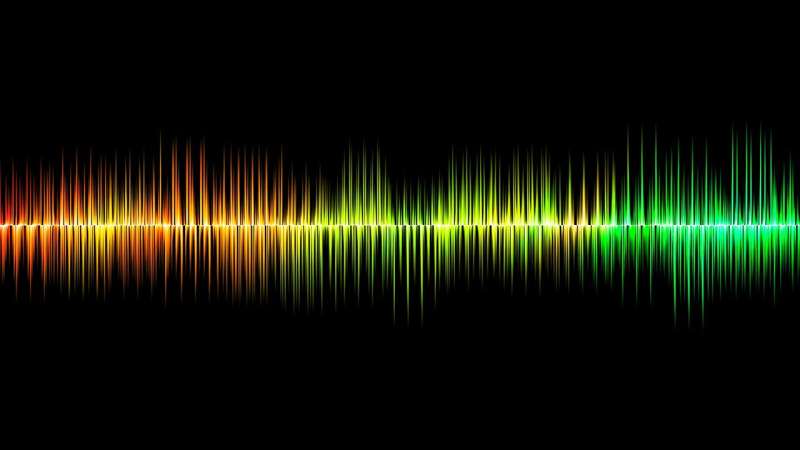How the Brain Differentiates 'Things' from 'Stuff': Insights from Visual Processing Areas

MIT research uncovers how different areas of the brain's visual cortex are specialized for processing solid objects versus flowing substances, enhancing our understanding of visual perception and interaction with physical materials.
Recent research from MIT has shed light on how the human brain visually processes different types of physical materials. The study reveals that specific regions within the visual cortex are specialized in analyzing either solid objects—referred to as "things"—or flowing substances known as "stuff." This differentiation is crucial for understanding how we perceive and interact with our environment.
Imagine observing a bouncing ball descending a staircase versus flowing water cascading down the same stairs. These materials behave very differently, and remarkably, the brain has distinct areas dedicated to interpreting each. MIT neuroscientists identified parts of the visual cortex that respond preferentially when viewing rigid or deformable objects, such as balls or tools. Conversely, other regions are more activated by liquids or granular materials like sand.
This groundbreaking discovery highlights that our brain's perception of physical materials involves a nuanced division, previously unrecognized at this level. When we see fluids or gooey substances, the brain likely engages different computational processes—akin to those used in video game physics engines—representing these materials as particle sets or deformable meshes. These insights suggest that the brain may have evolved separate pathways to predict, simulate, and plan interactions with both "things" and "stuff," facilitating adaptive responses to different physical contexts.
The findings have significant implications for understanding how humans plan actions and manipulate objects in real-world situations. Future studies aim to explore whether brain regions involved in recognizing rigid objects also activate during planning movements, such as grasping, or whether additional regions are specialized for specific physical properties like viscosity or deformability. This research opens new avenues for exploring perceptual distinctions and their roles in interacting with our environment.
Stay Updated with Mia's Feed
Get the latest health & wellness insights delivered straight to your inbox.
Related Articles
Blood Biomarkers Identified for Brain Insulin Resistance
Scientists have identified blood-based biomarkers capable of detecting insulin resistance in the brain, paving the way for non-invasive diagnostics and personalized treatment strategies for metabolic and neurological disorders.
Innovative mRNA Vaccine May Lead to Allergy-Free Future
A groundbreaking mRNA vaccine developed by researchers prevents severe allergic reactions in mice, offering hope for new allergy treatments that are safe and adaptable for various food and seasonal allergies.
Addressing the Underdiagnosis of Alcohol Use Disorder During and After Pregnancy
Recent research reveals significant gaps in the treatment of alcohol use disorder during pregnancy and postpartum, highlighting urgent needs for improved care and support.



